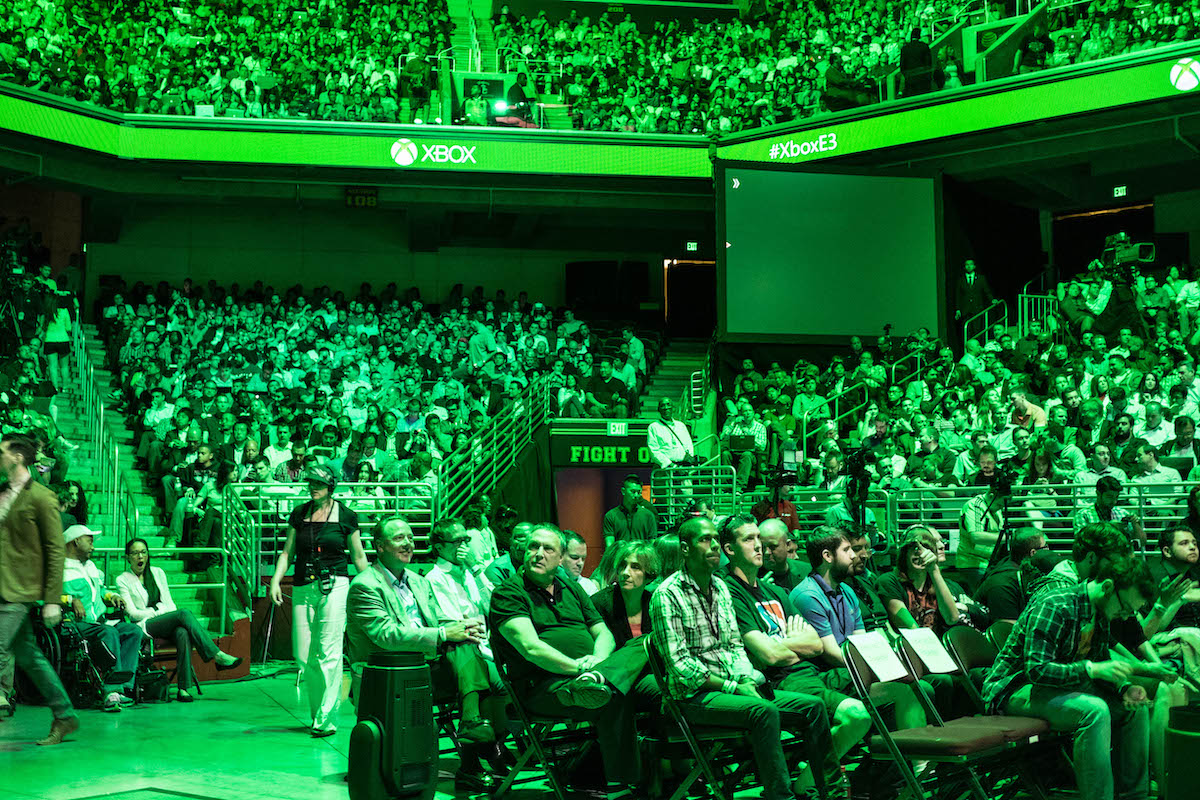Believe it or not, there was a time—the ‘90s—when someone’s favorite video game console was as essential to their identity as their political beliefs. That epoch is deftly portrayed in the new documentary Console Wars—a Seth Rogen-produced adaption of the 2014 book of the same name.
Console Wars highlights the bitter rivalry between Sega and Nintendo and their 16-bit home consoles, the Genesis and Super Nintendo. This might sound like an overly narrow conceit to people who didn’t experience the generation-defining phenomenon that was gaming in the ‘90s. But much like The King of Kong: A Fistful of Quarters—the 2007 documentary about a hot sauce magnate and school teacher who compete for the Donkey Kong world record—Console Wars’ insular focus is offset by a fundamentally great story and a cast of bizarre characters who are—unbelievably—real people.
Heading into the ‘90s, Nintendo was an immovable object. It had revived the video game industry and become synonymous with it. It was also cutthroat and infamously a litigious bully: it fought to make video game rentals illegal, charged third party developers unnecessarily expensive licensing fees and its American chapter threatened to withdraw product from retailers who dare carry its competition’s.
If there is a protagonist in Console Wars, it’s Tom Kalinske. Kalinske was a veteran of the toy business; at Mattel, he made Hot Wheels, Barbie and He-Man household names. In the early ‘90s, Kalinske was poached by Sega—a Japanese video game company with a nonexistent American presence—and given the unenviable task of muscling in on Nintendo’s turf.
Nintendo may have revived the video game industry, but Sega—and Tom Kalinske specifically—are responsible for distinguishing games from toys. By tapping into the edgy ‘90s zeitgeist, Kalinske made video games palatable to self-conscious adolescents and young adults. They openly talked shit on Nintendo in their ads, they employed meaningless buzzwords like “blast processing” to describe their hardware and their version of Mortal Kombat was so violent that it caught the attention of disingenuous boomer and failed presidential candidate Joe Lieberman. Nintendo was hair metal; Sega, grunge.
Kalinske and his subordinates at Sega come off as infinitely more likable than the rogues’ gallery of rapacious, pencil-necked capitalists who comprised ‘90s Nintendo of America. That’s why it stings when he ultimately loses—inter-corporate competition started brewing between Sega of Japan and Sega of America in the mid-‘90s, putting the company in a deadlock. Frustrated that his novel ideas were no longer being considered, Kalinske bailed. The documentary ends with the release of Sony’s PlayStation in 1995, which would go on to eclipse both the Super Nintendo and Sega Genesis at 112 million units sold. The documentary attempts to frame Sony as the underdog in the race, which is ridiculous, and I’m not sure what the moral here is, exactly. That capitalism is unpredictable? To never underestimate a multinational electronics conglomerate with its fingers in literally every technological pie?
It ends like an incomplete sneeze, but Console Wars is a worthwhile watch. It’s especially resonant because it comes right on the eve of a brand new console war—between Sony’s PlayStation 5, which releases on November 12 in North America, and Microsoft’s Xbox Series X/S, which releases on November 10. The names of these new consoles alone typify the comparative blandness of contemporary console wars. Gone are the days of snappy superlatives like “super” and “turbo.” Instead, we get boring-ass letters and numbers.
One of the most illuminating scenes in Console Wars comes from an early ‘90s news clip showing parents angered over the Super Nintendo. Some people apparently thought of video games as a universal medium then and interpreted a new Nintendo console as a case of manufactured obsolescence—they felt like they were being duped into buying the same thing for their kid twice.
Clearly, that was not the case—the jump from the 8-bit Nintendo Entertainment System to the 16-bit Super Nintendo was obvious to anyone who had played a video game. But that charge wouldn’t seem too outlandish today. Many of the PlayStation 5 and Xbox Series X/S launch titles will also be playable on current generation consoles. This won’t always be the case, of course, but it makes buying either console at launch difficult to justify.
Gamers and tech geeks will endlessly quibble over which new piece of hardware is superior, but to the average person, these differences are relatively discrete. True, the new PlayStation’s DualSense controller boasts some revolutionary haptic technology—it’s like a rumble feature with its third eye opened—but it’s no longer as significant as the choice between Mario and Sonic. Your console preference likely boils down to instinctive brand fealty, which controller feels better in your hands and which shape is least offensive to your aesthetic sensibilities—the console that looks like a mini-fridge or the console that looks like the product of a forbidden tryst between an air purifier and the Tower of Sauron. It’s truly an either/or proposition—either way, you’ll get to play mildly enhanced versions of games nobody cares about like Dirt 5 and Warhammer: Chaosbane Slayer Edition and your living room will look slightly uglier.
Console Wars offers an aperture into the era when its namesake was much more high stakes. Buying a game console meant committing to a specific library of exclusives, unless your parents were rich. Of course, this polarization was ultimately constricting for the consumer and it gave rise to a particularly terrible brand of fanboyism and corporate simping. Nonetheless, Console Wars makes me long for the days when children’s entertainment felt legitimately dangerous.






